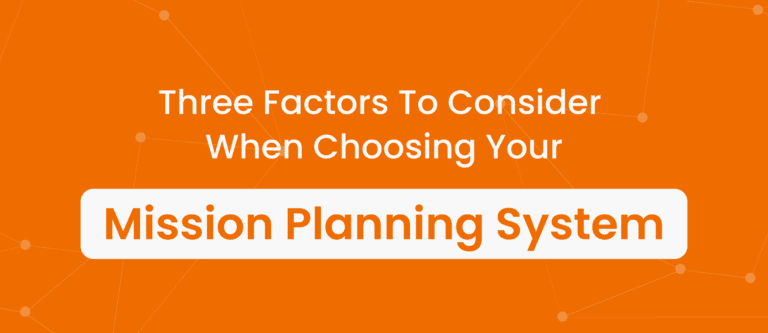Boeing’s Starliner spacecraft was planned for a launch in December of 2019 with the goal of docking with the International Space Station. Nevertheless, the test flight of the $4.2bn project was cut short by an onboard timing anomaly in the software. As a result, the thrusters failed to fire at the right time which took the primary objective of rendezvousing with the International Space Station off the cards.
As teams jumped into action to correct the first problem they found a second major software issue. An error with the service module’s thrusters meant that there was a very real chance that it would fly into the crew module after separation. Engineers had to upload a fix during the flight.
And the headaches didn’t end there. Two months later, NASA’s Aerospace Safety Advisory Panel (ASAP) reported that a total of 80 corrective actions needed to be implemented. One full year after the publication of the report, only 75% of identified problems had been resolved.
Perhaps what will most keep Boeing execs up at night, though, is the contrast provided by SpaceX. Positioned as a head-to-head competitor, SpaceX’s offering – the Crew Dragon – cost almost half as much and was successfully tested 9 months prior. To date, it has flown five times, including once with an all-civilian crew. With Boeing’s Starliner finally reaching orbit in May 2022, 3 years after its target date, this paints a damning picture for the industry giant.
So where did it all go wrong for Boeing, what did SpaceX do differently and what does this teach us about software development in the space industry?
Agile vs Waterfall Methodology
Firstly, the two companies have fundamentally different approaches to the way they build products. Boeing uses a traditional Waterfall approach, where components in a functional chain are developed and delivered in series. Although this approach has been abandoned by most commercial companies, it is still commonplace in the defense and space industry.
SpaceX, on the other hand, uses an Agile mindset that focuses on build-test-learn and failing fast. This newer approach favors developing end-to-end functionality sooner and adapting the design of your final product using the lessons learned along the way.
The Key Benefits of using the Agile Methodology in the Space Industry
Agile has a significant number of benefits. An iterative approach allows feedback from customers all along the product development cycle, which in turn leads to a better fit for the use case. After all, the end-user may not know exactly what they want until they begin to dive into the details during product development.
Agile also helps reduce silos between different functional elements which typically appear during waterfall development. For example, the timing anomaly mentioned at the beginning of this article was due to an interface issue between the launch vehicle and the Starliner capsule. The mission elapsed timer from the capsule could not acquire the data from the Atlas V rocket. Had the two teams been able to end-to-end test their systems together more thoroughly, this may have been avoided.
How Leanspace enables Space Organizations to become Agile
Today space organizations have no alternative but to spend extensive time and money developing the software systems needed to design, test and operate their mission. In the era of space commercialization, this includes highly complex digital tools required to enable advanced automation, end-to-end analytics and big data management.
Just like what happens with hardware, space organizations still tend to develop their software systems using a waterfall approach. This rules out the possibility to absorb changes and perform iterative testing throughout the mission lifecycle.


Leanspace provides the generic ground software functions as API-first cloud services, all natively connected in a single source of truth. Space organizations can pick the ones they need to power their applications and develop their systems in a step-by-step manner. This technology enables the ‘build-test-learn’ approach required for agile software development.
In the “Chaos Report 2015“, the Standish Group found that large projects that follow an agile approach are 6X more successful and 1/4 the cost than waterfall ones. Interestingly enough, there is still a common misconception in the space industry that working in an agile way will increase speed at the cost of quality. Indeed, even NASA has admitted to falling into this trap. When reflecting on the oversight NASA paid to SpaceX and Boeing during their respective capsule developments, Steve Stich, NASA’s commercial crew program manager, said:
“When one provider has a newer approach than another, it’s often natural for a human being to spend more time on that newer approach […] And maybe we didn’t quite take the time we needed with the more traditional approach.”
When performed correctly, Agile development should not sacrifice quality. As evidence, SpaceX was able to rapidly design and prototype their Crew Dragon vehicle whilst maintaining human flight rated software which has some of the most stringent quality requirements in the world.
So what is the end result of implementing an Agile framework? Faster product delivery that better fits the real use case without sacrificing quality.
Is it fit for purpose in the space industry? Well, look at SpaceX…
Ready to become agile? Book a demo with us to get started.














